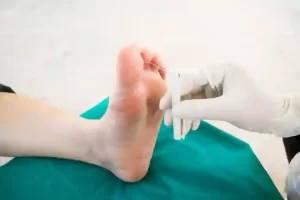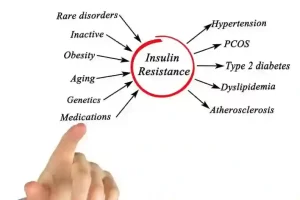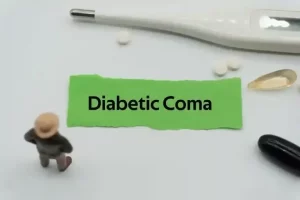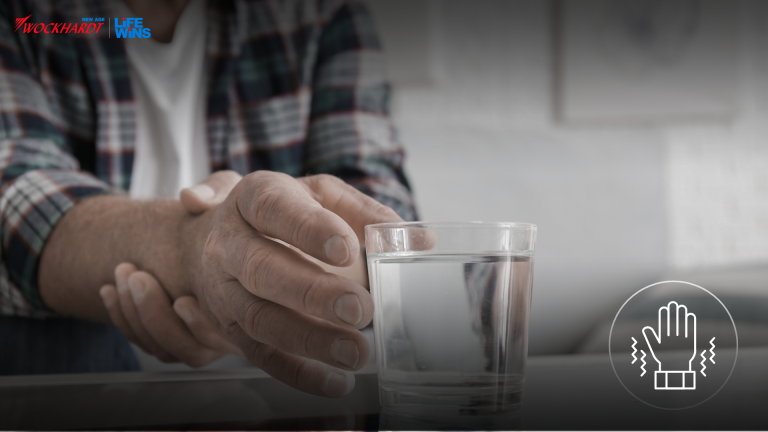
Diabetes & Stroke: Symptoms, Causes & Treatment
Diabetes is a condition that can increase the risk of developing other health conditions, particularly getting affected by a stroke, which may lead to disability and cause damage to brain tissues or even death in some cases. To prevent stroke and reduce the possibility of having a stroke, it is important for diabetic patients to understand the relationship between diabetes and stroke. Moreover, they should ensure that their blood glucose level, along with blood pressure, body weight, and cholesterol levels, are in control. More importantly, one should know the signs and symptoms of diabetic stroke to recognize it and seek medical attention immediately to prevent complications. What is a Diabetic Stroke? Diabetic stroke, or simply any stroke for that matter, is a condition in which the blood supply of the brain gets disrupted due to blockage or damage in the blood vessels supplying oxygenated blood to the brain tissue. There are two main types of stroke: Having diabetes can make it harder for the body to respond to a stroke. Diabetes can harden arteries and clog them with plaque, leading to a medical condition known as Atherosclerosis, therefore making it difficult for the arteries to deliver blood to the brain. Diabetic Stroke Symptoms Diabetic stroke has similar symptoms as that of any stroke, and it is considered a medical emergency. Therefore, it is important to look out for the following signs in a patient with diabetes. Diabetic Stroke Causes Diabetes prevents the utilization of glucose from food by the cells due to a lack of natural insulin production by the body. Diabetes also prevents insulin in the body from working to facilitate the absorption of glucose or sugar by the cells. It leads to the build-up of sugars in the body. Over time, this build-up of glucose can increase the blood sugar level, which can potentially damage the blood vessels and increase the diabetic stroke risk. Diabetic patients also suffer from a number of other health problems which can contribute to the increased risk of stroke. These health problems may include: Smoking cigarettes and alcohol consumption can pose an added diabetic stroke risk in diabetic patients. Diabetic Stroke Treatment The treatment of diabetic stroke may be done based on whether it has been identified early or has caused indelible effects. When detected early, stroke may be treated in one or more of the following ways: Long-lasting effects of stroke require rehabilitation care as stroke may impair various functions, including speech, movement, and even cognitive abilities. Preventions – How to Reduce the Diabetic Stroke Risk? If a patient has diabetes and it is suspected that their arteries have hardened up, doctors may suggest dietary & lifestyle changes along with medicines to prevent any arterial blockages that may potentially lead to a stroke. Many lifestyle changes that may help to lower the chances of diabetic stroke risk factors may include the following. Why Choose Wockhardt Hospitals? Diabetic people have a higher risk of stroke. At Wockhardt Hospitals, Mumbai, we are dedicated to managing various emergencies as well as providing comprehensive healthcare for various health conditions to prevent complications. Our doctors and medical specialists work closely with rehabilitation therapists to provide all-encompassing professional care for patients with physical and mental impairments. We are committed to providing holistic healthcare services for managing and preventing a broad spectrum of ailments and complications in our patients.




































